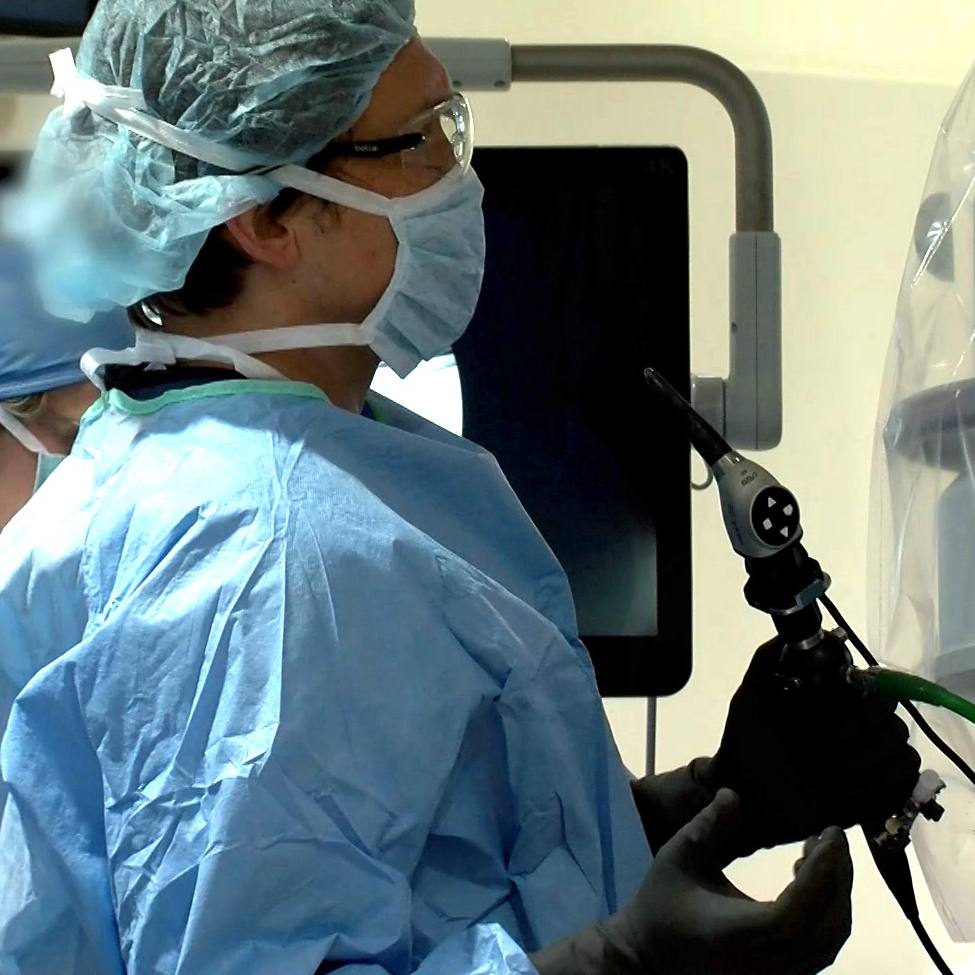-
Health & Wellness
Several Species of Human Intestinal Tapeworms Exist
Several Species of Human Intestinal Tapeworms Exist
March 23, 2012
Dear Mayo Clinic:
How is tapeworm infection contracted and treated? Is it very common today?
Answer:
Tapeworms are flat, ribbonlike parasites that can live in human gastrointestinal tracts. Worldwide, an estimated 50 million people have a tapeworm infection, although that number may be low, as the disease often goes unreported.
An adult tapeworm consists of a head, neck and chain of segments, called proglottids, which produce eggs. Adult intestinal tapeworms attach themselves to the lining of the gastrointestinal tract and pass proglottids and eggs into stool. Several species of human intestinal tapeworms exist, including fish, beef and pork tapeworms.
Intestinal Tapeworms
People acquire fish tapeworms, or Diphyllobothrium latum, when they eat raw or undercooked freshwater fish that contain the larvae of this parasite. Consuming foods that contain raw fish, such as sashimi, sushi and ceviche, can increase the risk of this infection.
Similarly, the adult beef tapeworm (Taenia saginata) and pork tapeworm (Taenia solium) are acquired by eating raw or undercooked beef or pork, respectively, that contain the larvae of these parasites. These cysts hatch and become adult worms that attach themselves via their head to the small intestine, where the proglottids grow and produce eggs. The adult worms grow in the small intestine up to 12 meters in length. The infection often does not cause symptoms, although there may be fatigue, bloating, diarrhea or anemia.
Once a person is infected, proglottids and eggs are passed into stool. People who have this infection may notice segments of proglottids in the stool or may feel the movement of proglottids in the perianal region. Diagnosis of intestinal tapeworms is made by identifying the eggs or proglottids in the stool. Antiparasitic medications can kill the adult tapeworms.
Cysticercosis
In addition to causing an intestinal tapeworm, infection with the pork tapeworm (Taenia solium) may also cause a disease called cysticercosis. Unlike the intestinal pork tapeworm infection, which is acquired by eating undercooked pork, cysticercosis is acquired following ingestion of pork tapeworm eggs that have been shed in the stool of a human tapeworm carrier. Once ingested, the eggs hatch and release larval forms of the parasite that leave the intestinal tract, enter the bloodstream and travel to organs throughout the body. Once deposited in various organs, these parasites grow in a cyst form called cysticercus.
Neurocysticercosis is a form of cysticercosis that involves the brain or spinal cord. Although most brain infections don't cause symptoms, some may result in seizures, headaches or nausea. Early on, there may be inflammation around the brain cysts (cysticerci) although with time they generally become inactive and calcify. Cysticerci may also develop in the eyes or muscles.
Cysticercosis is usually diagnosed by a blood test for antibodies that the patient forms against the parasite. Radiologic imaging is also helpful in making the diagnosis.
Treatment for cysticercosis depends on the number and location of the brain cysts, whether the cysts are degenerating, and if they cause surrounding inflammation. Calcified, inactive cysts don't require antiparasitic therapy. Antiseizure medication may be required in patients who have seizures related to neurocysticercosis. Decisions about treatment can be complex and should be made by a doctor who has experience managing this type of infection.
To prevent intestinal tapeworm infections, avoid eating raw or undercooked fish, pork and beef. Meat should be thoroughly cooked to an internal temperature of at least 140 degrees Fahrenheit for five minutes or more. Freezing meats to -4 degrees Fahrenheit for 24 hours also kills tapeworm eggs. Keep kitchen utensils that come in contact with raw meat separate from those you use with other foods. Be cautious of eating sushi and other dishes that contain raw fish. If you choose to eat sushi, make sure the person preparing the food is knowledgeable about food safety.
Prevention of cysticercosis requires proper hygiene and sanitation practices. Food handlers must wash their hands with soap and water before handling food and after using the toilet. Fresh fruits and vegetables should be thoroughly washed if they may have been exposed to human feces (for example, when feces are used as garden fertilizer or when sanitation systems are inadequate).
— Mark Enzler, M.D., Infectious Diseases, Mayo Clinic, Rochester, Minn.
Related Articles







